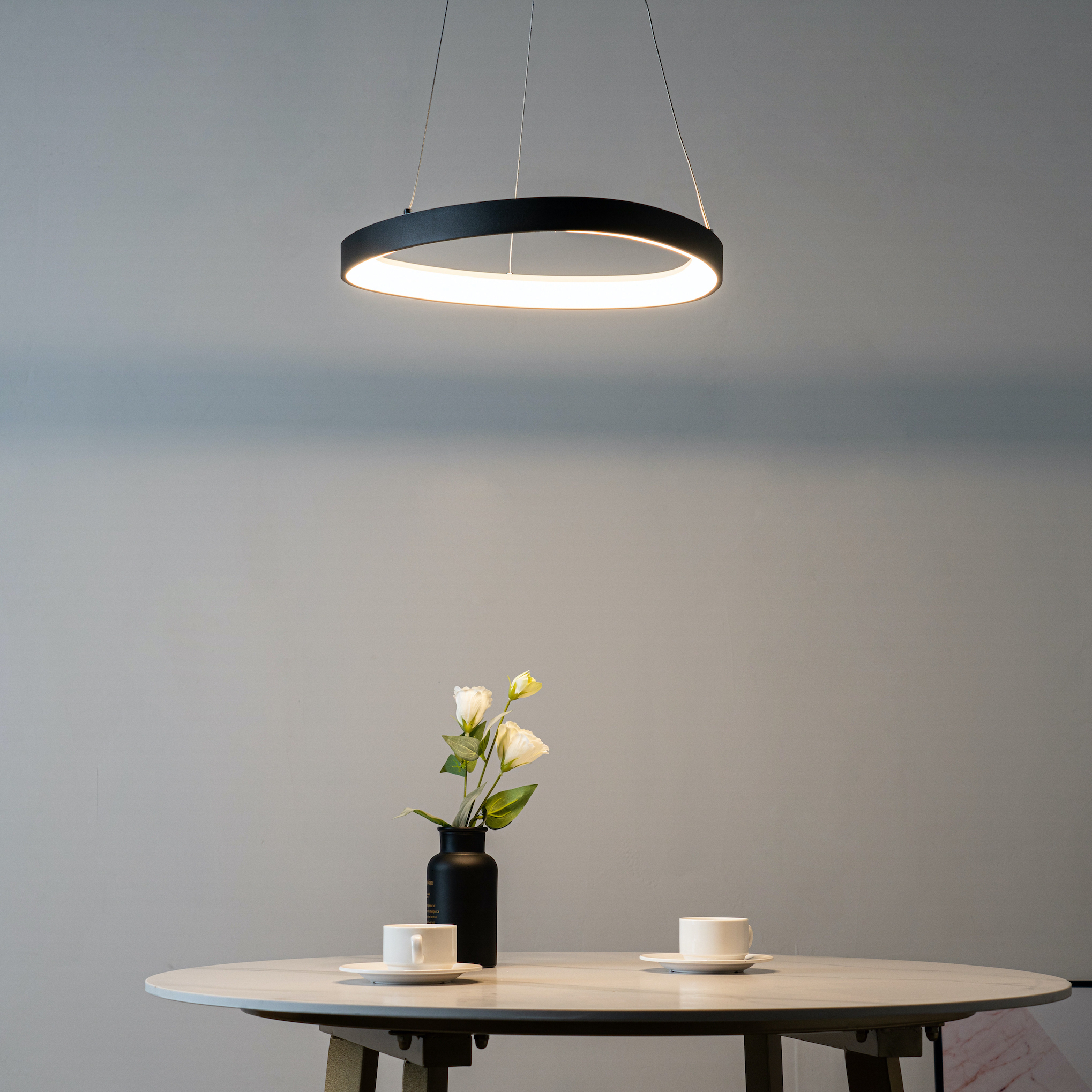Introduction
Light colors are often associated with tranquility, purity, and elegance. Their soft hues make them ideal for creating soothing and relaxing environments that inspire feelings of calmness and serenity. In this article, we’ll take a closer look at the different types of light colors and explore how they can be used in various design schemes.
Types of Light Colors
Light colors can be broadly categorized into three groups: pastels, neutrals, and whites. Here is an overview of each type:
Pastels
Pastels are soft, delicate colors that are created by adding a small amount of white to a hue. Some of the most popular pastel colors include lavender, pale pink, mint green, and baby blue. Pastels are often used in designs aimed at children or in projects that require a calming and soothing atmosphere.
Neutrals
Neutrals are colors that lack hue, such as white, gray, and beige. They are often used as a base color for designing interiors as they provide a calming and sophisticated backdrop that complements other colors. Neutrals are versatile and can be paired with virtually any other color to create a unique and stylish aesthetic.
Whites
White is a color created by reflecting all light and is often referred to as the absence of color. White is associated with purity, cleanliness, and simplicity, and is often used in minimalist design schemes. White can be paired with any other color, making it a versatile choice for designers.
How to Use Light Colors in Design
Using light colors in design can create a calm and serene environment, but it’s important to keep in mind a few design principles to ensure that the colors work well together. Here are some tips:
Combine light colors with other hues
Using light colors exclusively in a design can create a monotonous and unstimulating atmosphere. To create a dynamic design, combine light colors with darker hues or brighter colors to create contrast and visual interest.
Use light colors to highlight elements
Light colors can be used to create a focal point in a design by highlighting specific elements, such as upholstered chairs, accent walls, or accessories. This technique can add visual interest and create depth in a room.
Experiment with texture
Light colors can be paired with different textures, such as plush fabrics, sleek materials, or rough textures, to create a layered and visually appealing design. Experiment with different textures to create a diverse and interesting interior.

